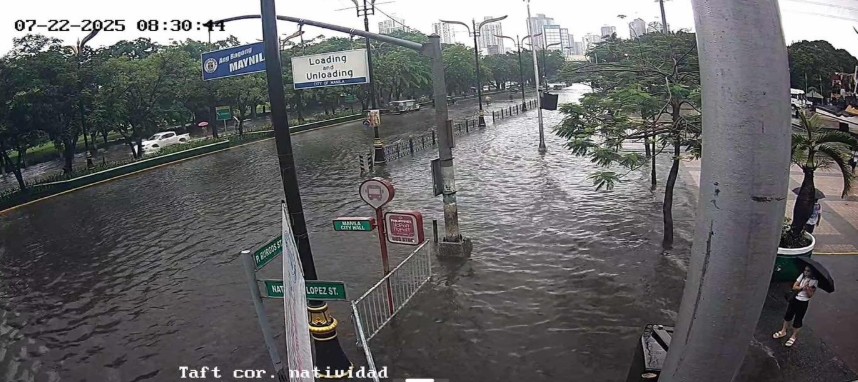Manila Faces Severe Flooding and Heavy Rain as Death Toll Reaches Six
Manila and surrounding regions are grappling with relentless downpours that have already claimed six lives and forced mass evacuations.
The capital city, home to over 14 million people, along with 36 provinces mainly on Luzon island, remains under a government-mandated suspension of work and classes for the third consecutive day.
The intense rain is no ordinary shower. A powerful combination of monsoon and tropical storm has dumped what amounts to a month’s rainfall in just four days, according to Manila’s weather bureau.
Streets and neighbourhoods are underwater. Thousands have fled their homes as floodwaters continue to rise.
The government’s circular states that the suspension includes not only Manila but also dozens of provinces.
Authorities have issued strong warnings: “The southwest monsoon will bring moderate to intense rains in the next few days in northern and central Philippines,” the interior ministry said.
“Flooding is expected in areas that are urbanized, low-lying and near rivers. Landslides may also occur in moderate to highly susceptible areas.”
The outlook remains grim. The weather bureau predicts “widespread incidents of severe flooding” and landslides lasting through Friday. Three low-pressure systems just east of the country may escalate into tropical cyclones soon.
The impact on the country’s infrastructure and agriculture is severe, with damages estimated at about 1.2 billion pesos (£18 million). Government offices and schools closed from Monday afternoon, though financial markets have stayed open.
President Ferdinand Marcos Jr., currently in Washington for talks with US President Donald Trump, has instructed agencies to prioritise flood response and relief.
Meanwhile, power outages plague some 118,000 households, reported Joe Zaldarriaga of Manila Electric Co. at DZMM radio. Travel disruptions continue, with around 30 flights canceled.
The Philippines, a nation frequently battered by natural disasters, endures about 20 cyclones annually. Memories of Super Typhoon Haiyan’s devastation in 2013, which killed over 6,000 people, remain fresh.
Residents brace for more rain and rising waters, hoping the worst is yet to pass.






